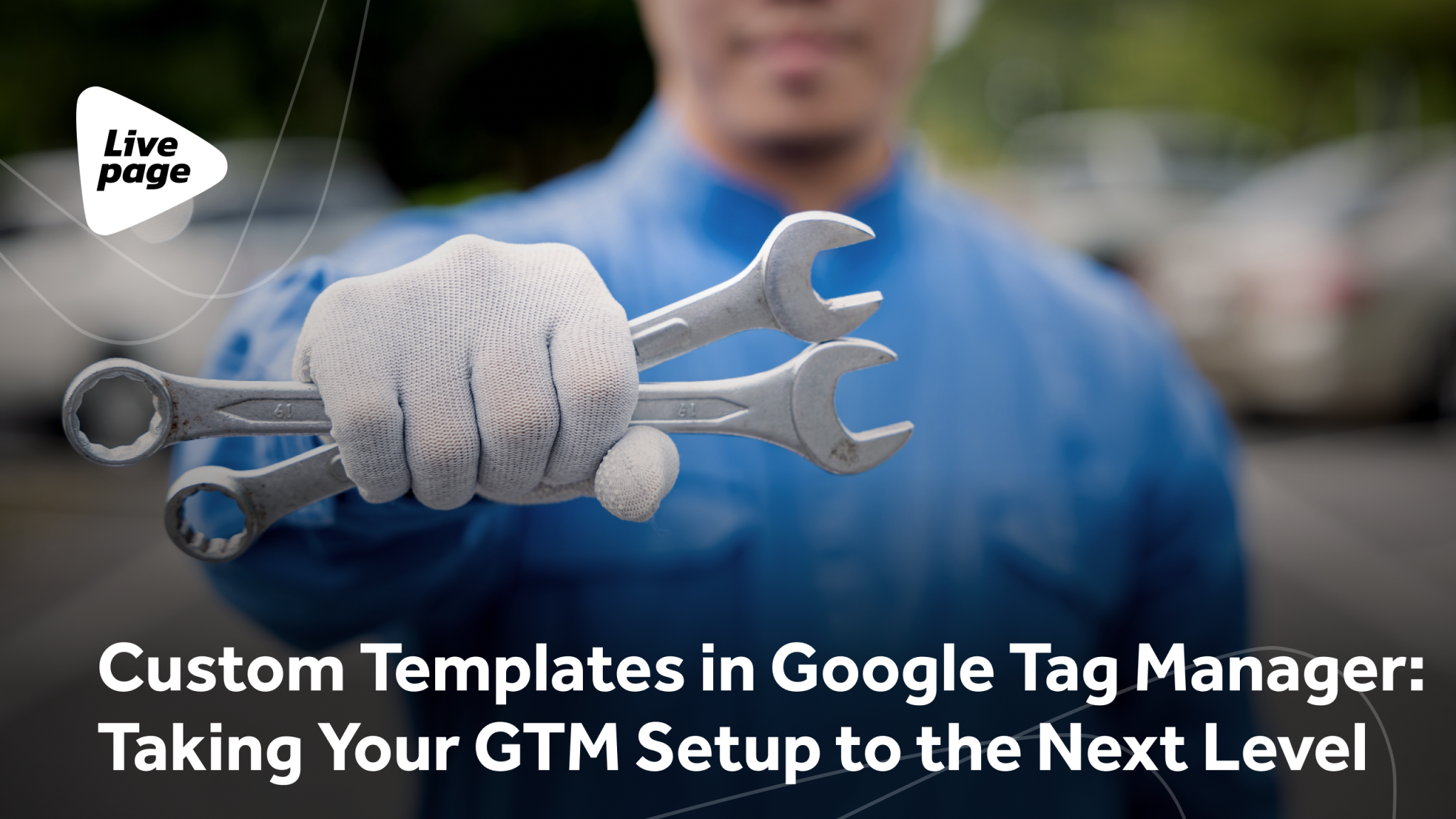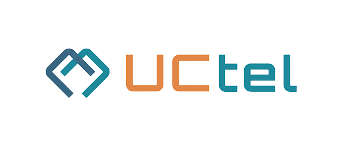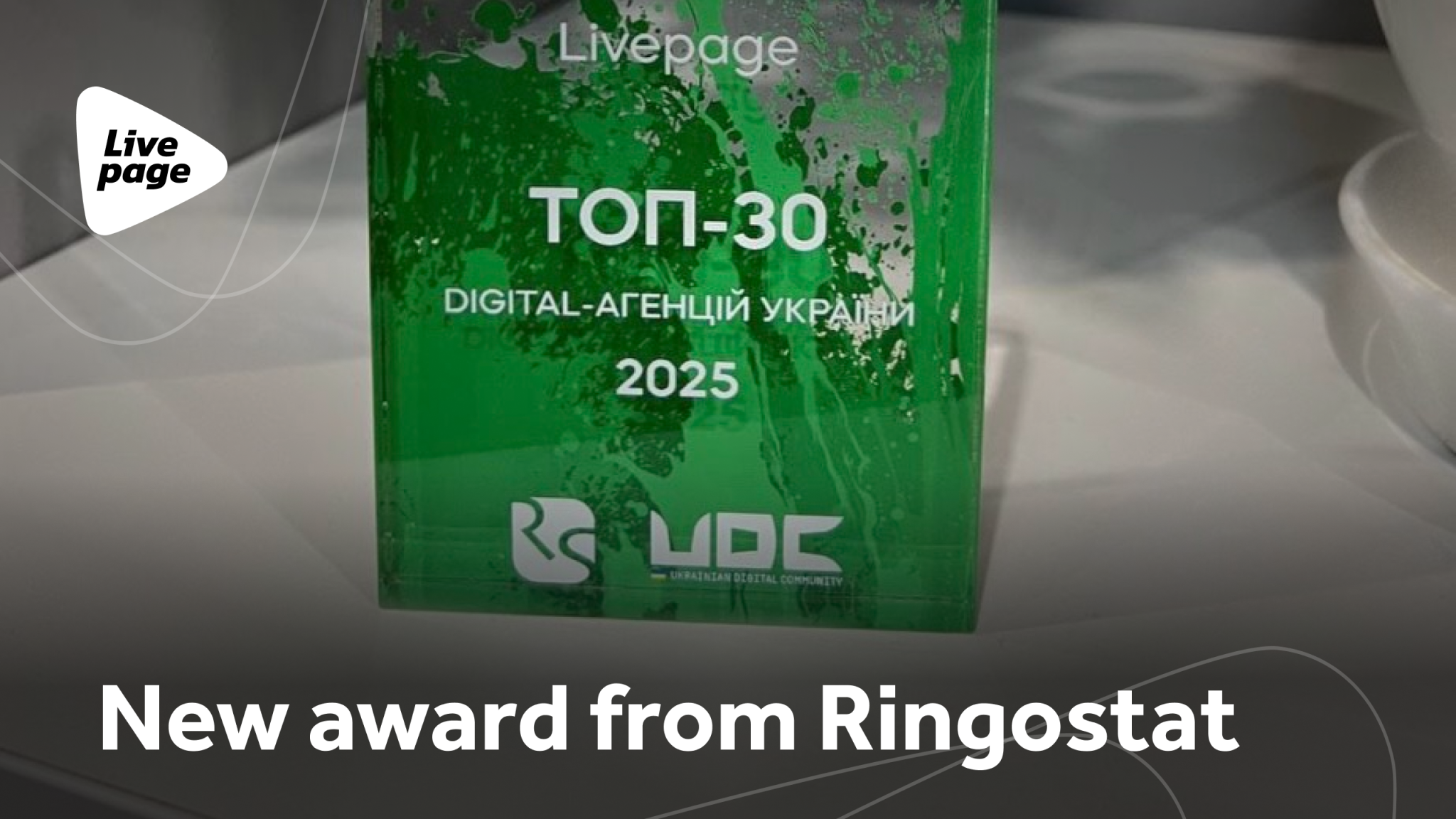
Google Consent Mode: What is It? (+How to Implement It)
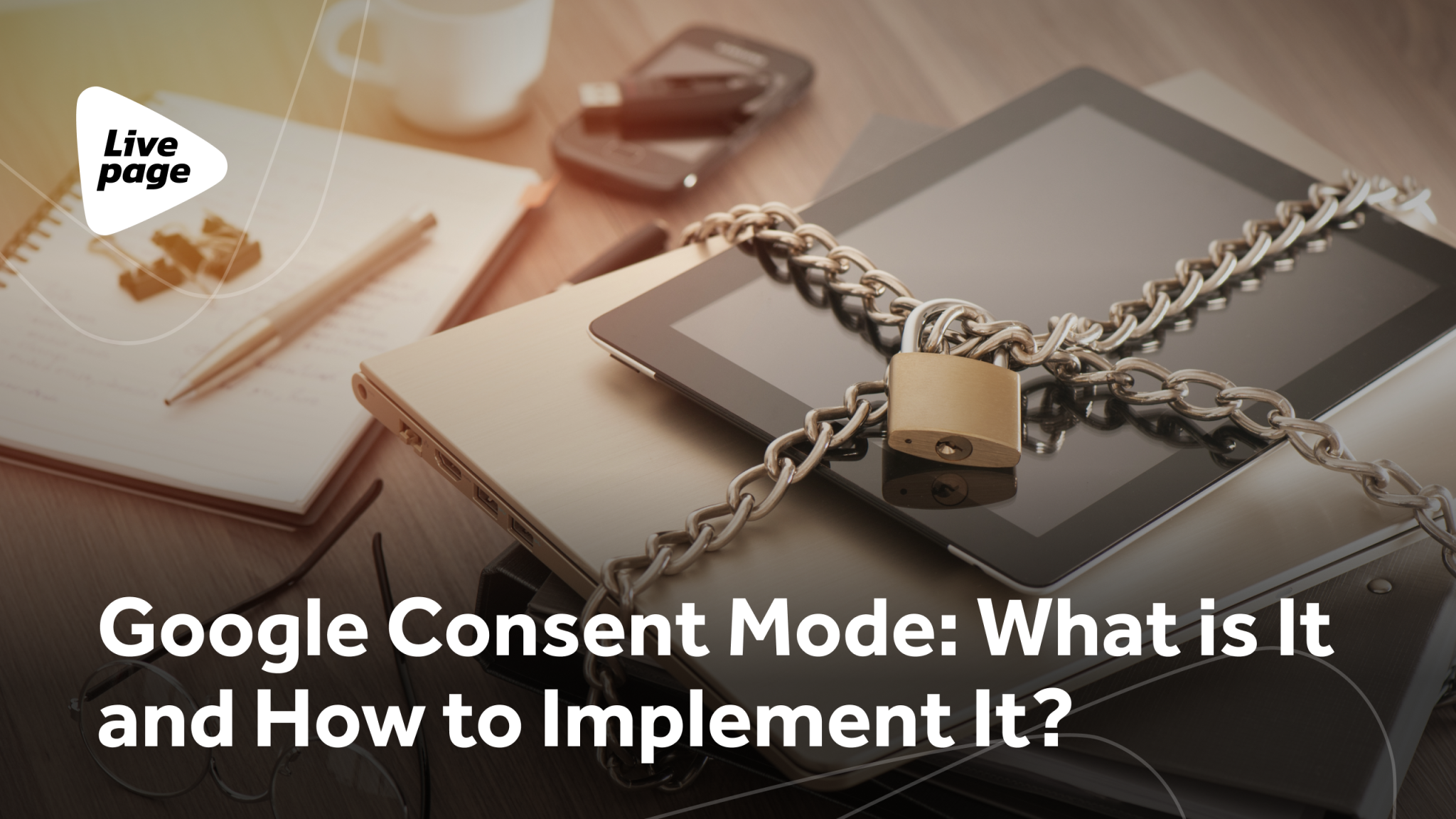
In today’s digital age, protecting user privacy is key. In this guide, we’ll explain how Google Consent Mode helps with privacy laws and improves websites by respecting user choices, making ads better, and even tracking their activity without cookies. If you’re looking to make your website more privacy-friendly and still keep up with analytics and ad performance, this article is for you. Learn how easy it is to use this tool for a smoother, compliant online experience.
What is User Consent in Online Ads?🍪✨
Imagine you’re at a party, and someone wants to borrow your cool sunglasses to snap a selfie. You’d appreciate being asked first, right? That’s user consent in the world of online ads — it’s all about asking nicely before borrowing something precious, in this case, your data!
In this digital era, websites and apps send out fancy invitations asking for your permission to collect, process, and share your personal details. It’s like saying, “Hey, can we use your info to make things better for you, pretty please?” This isn’t just them being polite; it’s a big deal regulated by the VIPs of data privacy laws — think of them as the bouncers of the internet — like GDPR in Europe and CCPA in California.
Why is this awesome? Because it builds a bridge of trust and transparency between you and the websites. You hold the power to let them know what’s cool with you and what’s not. The website is like a DJ, taking requests and making sure everyone’s vibing to the beat. So, when a site respects your choices, it’s like giving you the VIP treatment, ensuring your digital party experience is top-notch and under your control. 🎉🕶️
What is Google Consent Mode?
Imagine Google Consent Mode as your website’s friendly genie, all about privacy and clever insights. When someone visits, this genie doesn’t rush to gather data. Instead, it politely asks, “May I?” This ensures each guest’s privacy is honored while you still unlock the secrets to better analytics and magical conversions. It’s the perfect balance between curiosity for a noble cause (enhancing user experience) and the golden rule of consent. With the reaction from your visitors regarding cookies and data collection, Google’s enchantments (tags and scripts) adapt, making your site smart about app permissions and user behavior.
How Does Google Consent Mode Work? 🚀🔮
Let’s embark on a magical journey to see how this genie operates, step by enchanting step:

- Initialization: Picture your website as a castle. When a visitor crosses the drawbridge, the Consent Mode genie wakes up, ready to assess the lay of the land regarding the visitor’s consent wishes.
- Consent Status Assessment: It then sorts consent into two realms: the “Granted” for those who accept analytics and advertising cookies, and the “Denied” for those who prefer to keep their data locked.
- Tag Adjustment: Then our genie whispers to Google’s spells (tags), telling them how to behave.
- Data Utilization: Even in lands where consent is scarce, our genie is resourceful. Using only the collective anonymized and aggregated data, it ensures your site remains functional and insightful, all while keeping the users’ wishes sacred.
What’s Fresh in Google Consent Mode V2? 🚀🌟
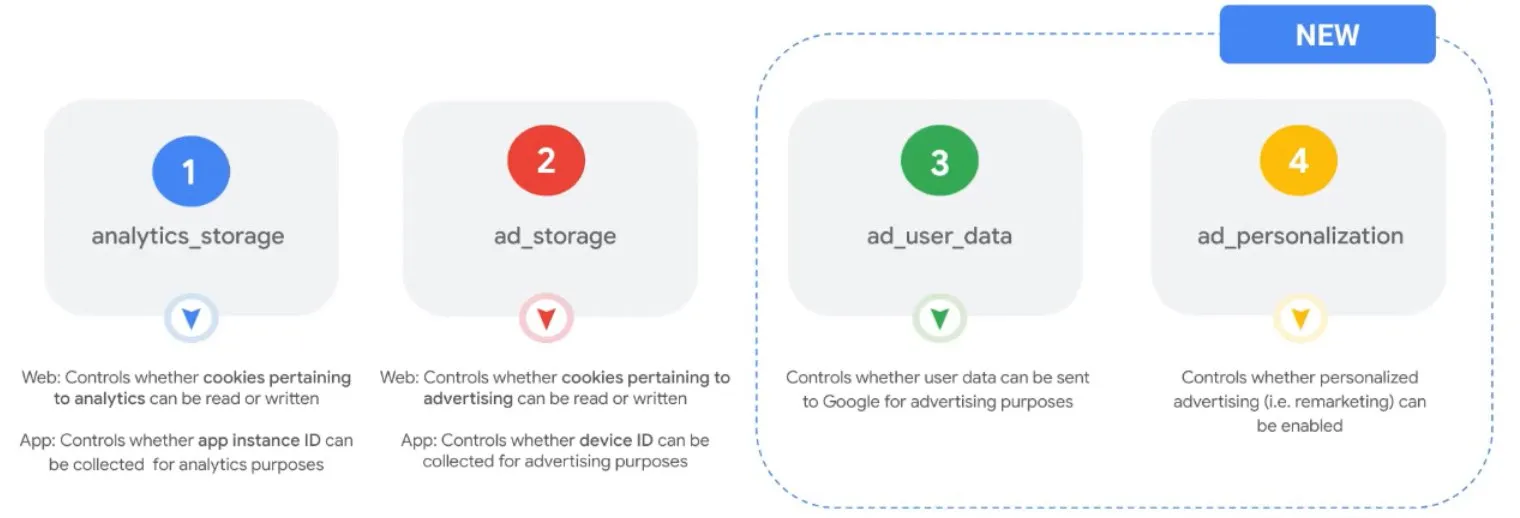
Google Consent Mode V2 is an upgraded version that offers better control over user consent and improves how you gather data insights. With this new version, you can track user behavior without relying on cookies, making it easier to respect privacy. It includes advanced features for handling consent, ensuring your website complies with privacy laws. This upgrade, along with Google Analytics Consent Mode, enhances your ability to manage user data responsibly and efficiently.
Consent mode Basic vs. Advanced: The Duel of the Decade 🤺✨
Enter the arena where the champions of consent modes clash: Advanced Mode vs. Basic Mode. It’s not just a battle; it’s a spectacle of strategy and finesse.

In Advanced Mode, data collection starts as soon as a visitor arrives at your website, even before they respond to the consent banner. This method gathers basic information without waiting for the visitor’s approval to use cookies. However, if a visitor doesn’t consent to cookies, Advanced Mode ensures that no cookies are used or personal data stored. It respects the visitor’s choices by adjusting what data is collected based on their consent. This approach is part of the GA4 Consent Mode, providing a flexible way to respect user privacy while still collecting valuable insights.
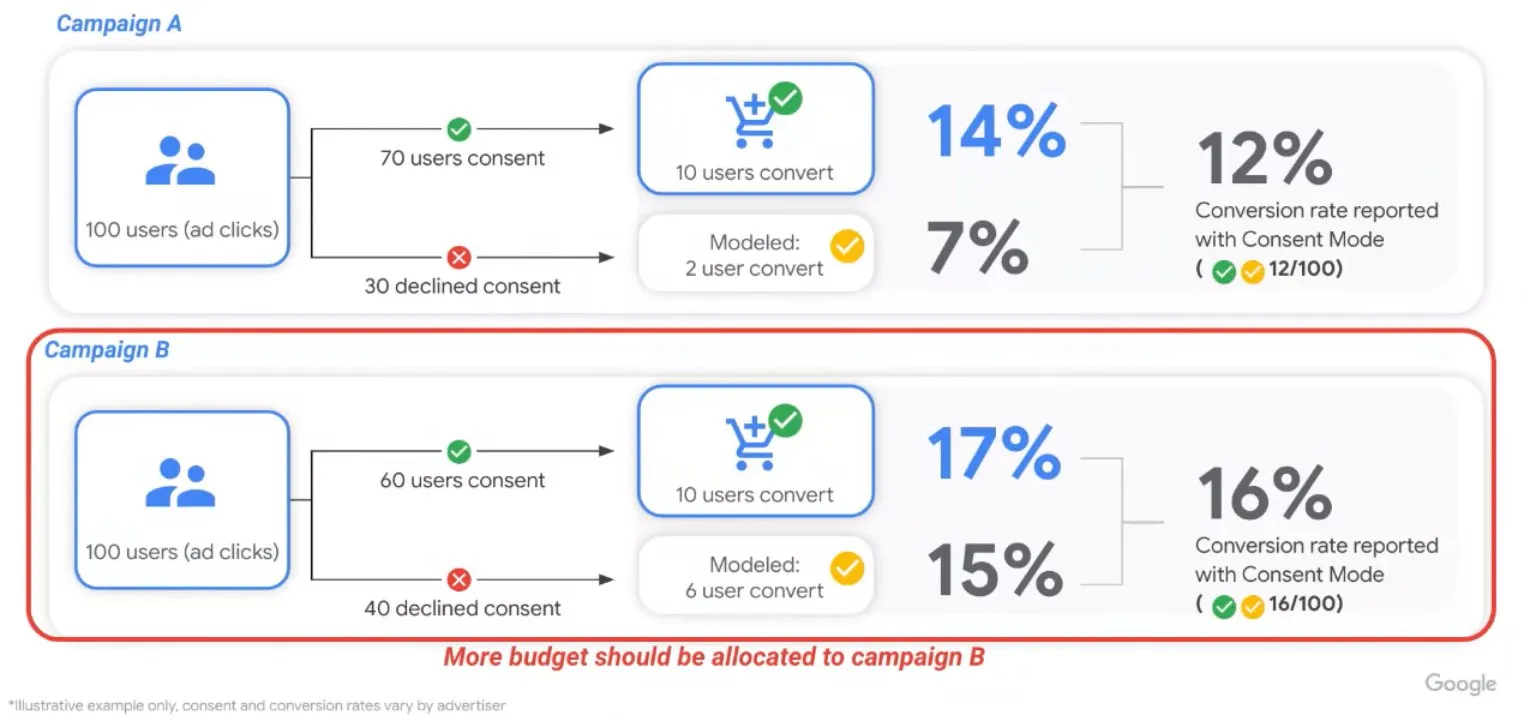
In Basic Mode, data collection via Google tags doesn’t start until a visitor gives clear permission to use cookies. This mode waits for a direct “yes” from visitors before activating any data collection processes.

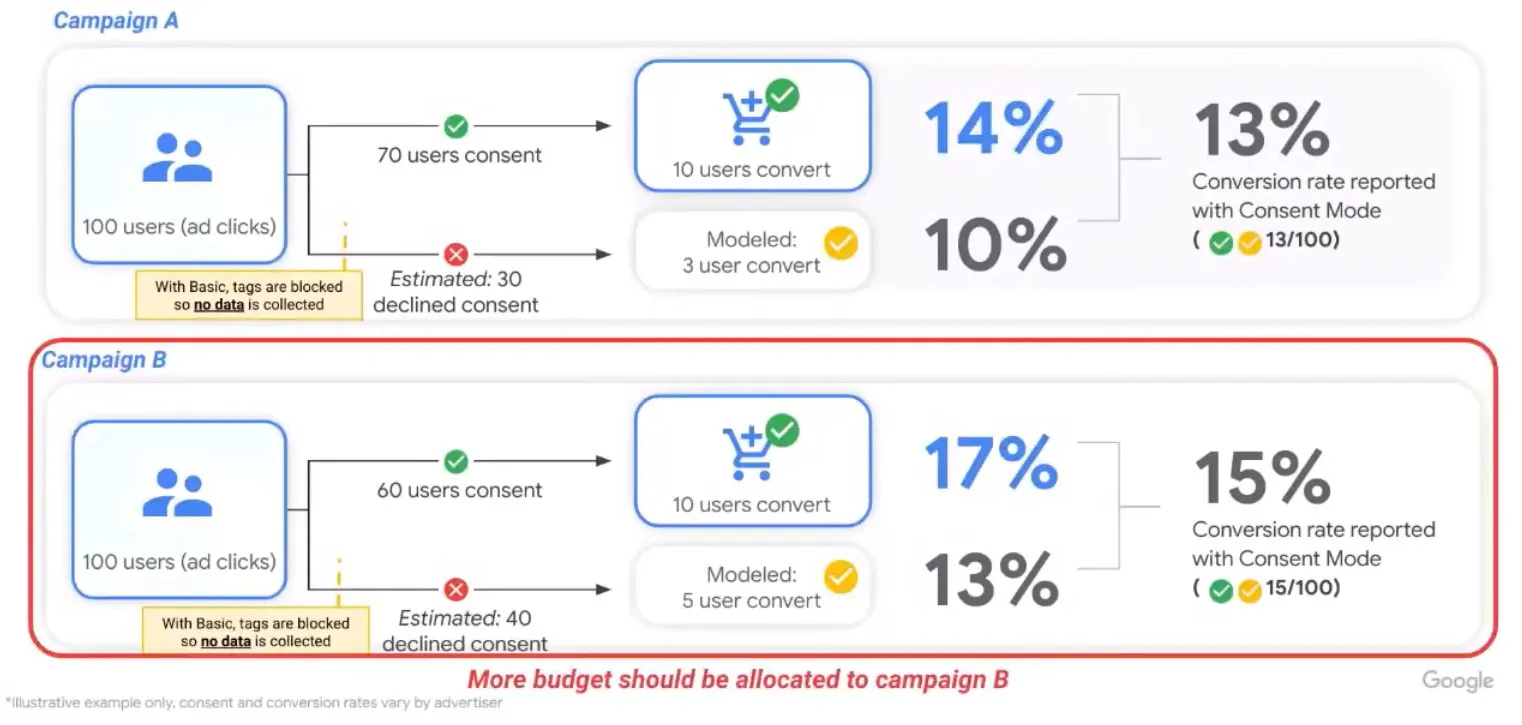
Selecting between Basic and Advanced Consent Modes is key for handling user consent and data collection, particularly for advertising. Advanced Consent Mode, through machine learning, compensates for these gaps, enhancing GA4’s behavioral and conversion modeling. It also enables detailed analysis of aggregated data. Basic mode, while simpler, provides less precise conversion modeling in Google Ads.
What are the Benefits of Using Google Consent Mode? 🌈✨
- Lost Conversions Modeling: Helps you estimate missed opportunities when users don’t consent to cookies, allowing you to adjust your strategies for better outcomes.
- Simplify Compliance: Navigates the complex privacy laws (like GDPR and CCPA), making it easier to align with legal requirements and respect user choices.
- Cookieless Mode: Enables data gathering without traditional cookies, adapting to a future where user consent dictates data collection methods.
- Enhanced User Trust: Builds trust by respecting user consent, demonstrating your commitment to privacy, and making users feel valued.
- Optimized Advertising Spend: Provides insights into user behavior and preferences, helping you allocate your advertising budget more effectively.
- Aggregated and Anonymized Insights: Collects broad insights from non-personalized data, offering valuable information while maintaining user privacy.
- Flexibility and Control: With both Basic and Advanced modes, it offers options to tailor your data collection and consent practices to your needs.
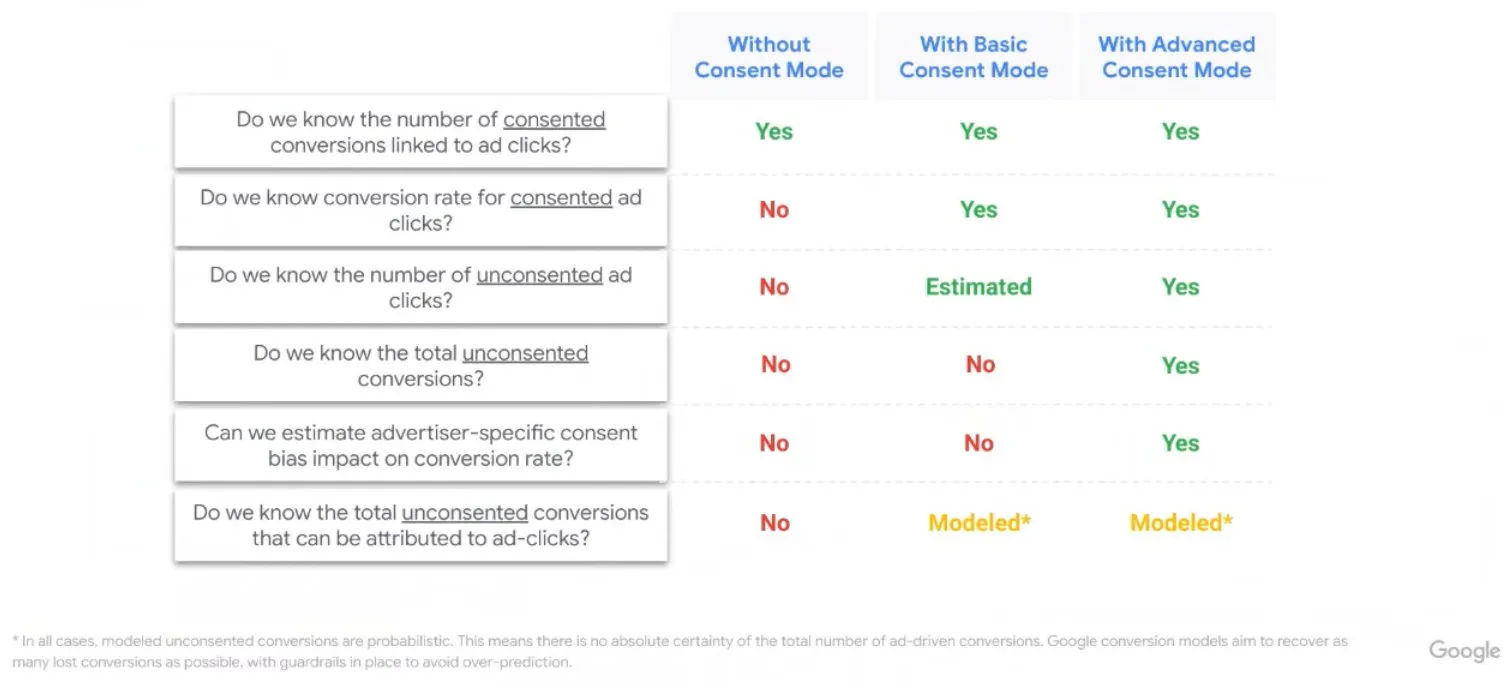
With Google Consent Mode, you’re not just adapting to the present; you’re gearing up for the future, making sure your business is ready for everything.
Who Needs to Use Google Consent Mode? 🌍🔍
Google Consent Mode benefits a wide range of digital professionals:
- Web Developers: Build privacy-focused websites.
- Digital Marketers: Run consent-compliant campaigns.
- E-commerce Owners: Offer personalized experiences without compromising privacy.
- Data Analysts: Analyze user behavior while respecting privacy.
- Tech Developers: Ensure apps and sites meet privacy standards.
- Compliance Officers: Navigate GDPR, CCPA, and other privacy laws.
- Content Creators: Produce engaging content that honors user consent.
In short, anyone involved in digital creation or management can enhance privacy and compliance with Google Consent Mode.
How to Implement Google Consent Mode Fast and Easy 🛠️✨

Get started with Google Consent Mode quickly and effortlessly! Chose your way of steps of Google Consent Mode implementation, including the latest updates in Consent Mode V2.
IAB TCF Integration 📜🔗
Integrating Google Consent Mode with the Interactive Advertising Bureau (IAB)’s Transparency and Consent Framework (TCF) ensures your website meets top industry standards for user consent management. This approach aligns your website’s consent process with TCF guidelines, making it easier for your site to communicate user consent clearly and effectively to all connected technologies, including Google’s tools:
- Initial Setup: Ensure your website is using a Consent Management Platform (CMP) that’s compatible with the IAB TCF. This platform will display a consent banner to your visitors, asking for their permission to collect and use their data.
- Configuring the CMP: Within your CMP settings, you need to configure it to align with IAB TCF standards. This involves setting up the consent banner to capture the specific types of consents required under the TCF, like consent for data storage and sharing, personalized advertising, and so forth.
- Implementing Google Consent Mode: Next, you add Google Consent Mode to your website. This involves adding a few lines of JavaScript to your site’s code, which tells Google’s tools to adjust their behavior based on the consent information provided by the CMP.
- Linking Consent Mode with IAB TCF: You need to ensure that the consent information captured by your CMP is communicated to Google Consent Mode. For instance, when a user gives consent through the CMP, that consent status is passed to Google Consent Mode, informing Google’s services.
- Testing and Validation: After setup, you test your website to ensure that consent signals are correctly captured and communicated between the CMP, Google Consent Mode, and Google’s services.
Consent Management Platforms (CMPs) 🛡️⚙️
Consent Management Platforms (CMPs) are helpers for effortlessly managing user consent. These platforms take care of showing consent banners, recording what users decide, and keeping track of those decisions for you. When you pick a CMP that works well with Google Consent Mode, you will just add a few lines of code to your site, and an automatic system will do the rest of the job. This makes implementing Google Consent Mode, including the newer V2, a breeze.
Google Tag Manager 🧙♂️📊
Those keen on managing their website’s core functionalities can use Google Tag Manager (GTM). This setup, known as “consent mode tag manager,” places you in command, enabling you to fine-tune data and consent flow with unmatched precision.
Even if your Consent Management Platform (CMP) lacks direct Consent Mode integration, or you prefer a hands-on approach, GTM allows for manual setup. You can utilize a custom tag template designed by Simo Ahava for setting up consent states.

The “default” command is triggered upon Consent Initialization, setting up the initial consent state before any tags activate. Then, based on the user’s consent preferences, you can apply the “update” command to adjust consent settings accordingly.
Manual configuration, while detailed, ensures your site adheres to privacy regulations, making it a respectful and secure space for users. Refer to the checklist provided by Markus Baersch to verify your implementation.
Final Thoughts
Google Consent Mode is a transformative tool for websites and applications aiming to balance robust analytics and ad performance with stringent privacy compliance. As a marketing organization with deep expertise in analytics, Livepage is uniquely positioned to help businesses harness the full potential of Google Consent Mode.
We can handle the technical integration of Google Consent Mode with your website. This includes setting up the necessary JavaScript codes, integrating with Consent Management Platforms (CMPs) compliant with the IAB TCF, and ensuring seamless communication between your website’s consent interface and Google’s tools with our Google Analytics 4 setup service. As privacy regulations and technologies evolve, Livepage can help you keep your consent management practices up to date, incorporating the latest enhancements from Google Consent Mode V2 and beyond.
By partnering with Livepage, you ensure that your website not only meets the strictest privacy standards but also leverages cutting-edge tools to maintain optimal performance in analytics and advertising. Together, we can create a privacy-respecting, data-smart website that is ready for the future of digital engagement.





